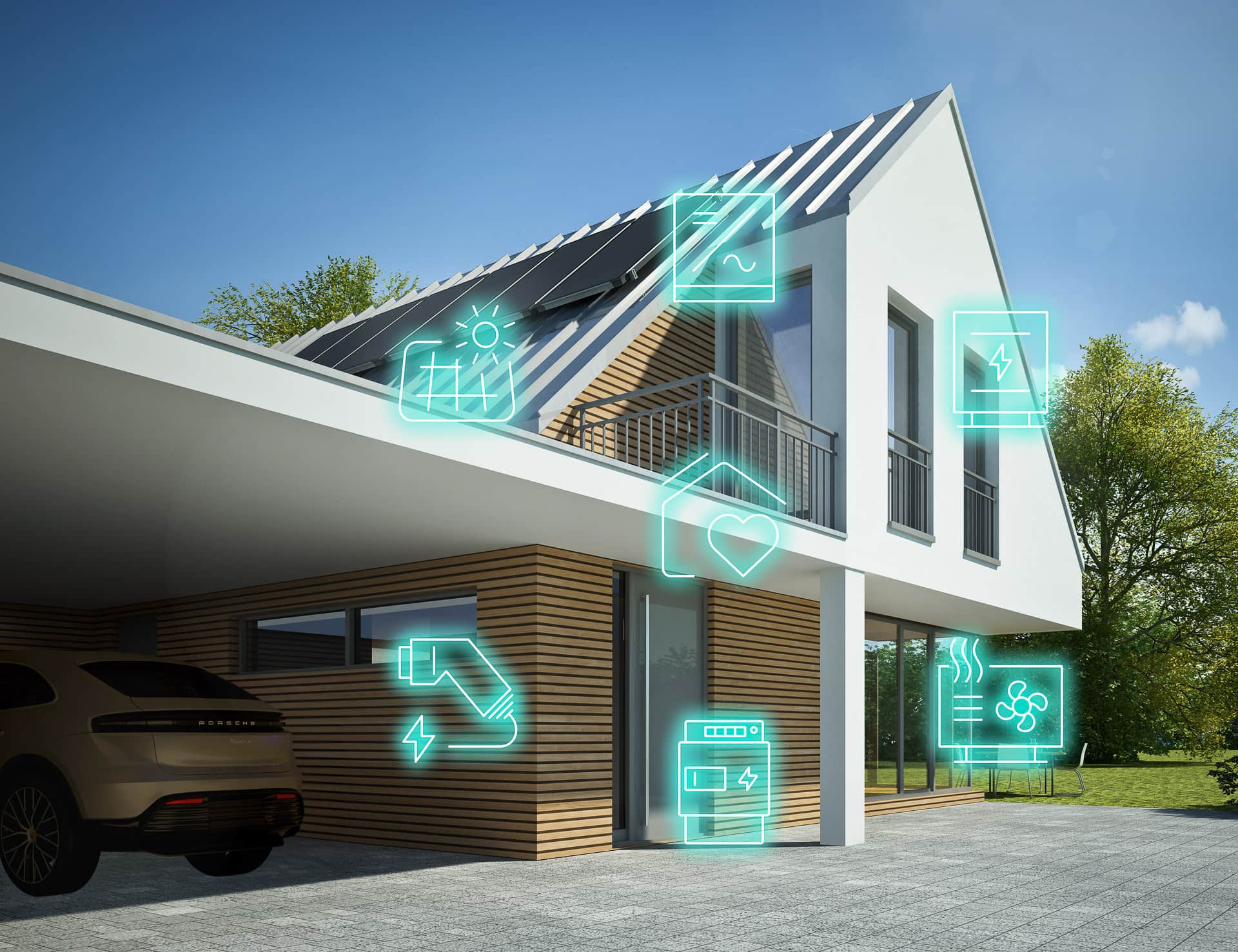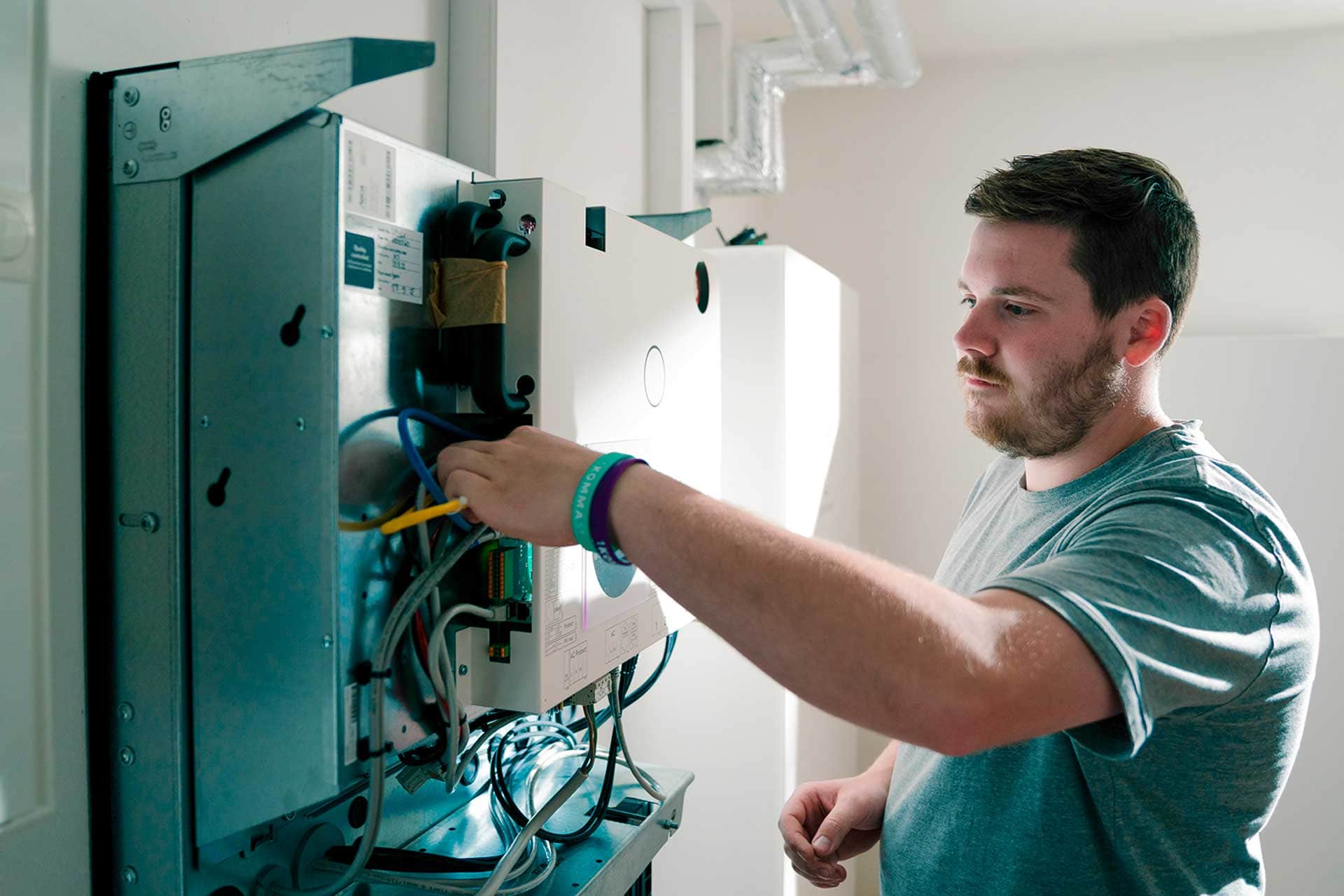
Single-Phase vs Three-Phase Power: What's the Difference & Why is it Important?
When designing your solar panel system, the installer will need to know how the electricity flows in your house. They'll ask if you have "single-phase" or "three-phase" power. Knowing this helps them build the best solar panel system for your home. As a homeowner, can you tell what electrical system your house has? If not, let's dive into the basics of electrical distribution.
Key Takeaways:
Understanding Your Electrical System – Knowing whether your home has single-phase or three-phase power is essential when designing a solar panel system, as it affects compatibility and efficiency.
Key Differences Between Single-Phase and Three-Phase Power – Single-phase power is common in homes with lower energy needs, while three-phase power provides a more balanced current and is suited for higher energy demands in commercial buildings or large residences.
Identifying Your Electrical System – Homeowners can determine their power type by checking their meter box for labels or counting their main switches—one switch indicates single-phase, while three switches indicate three-phase.
Collaboration with a Solar Installer – Working with a reputable solar installer ensures that the right components are chosen for your home's energy needs, balancing efficiency, cost, and long-term performance.
Single-Phase Power
Single-phase power is one way of distributing electricity. Homes and small businesses with low electrical demand commonly use it. In Australia, single-phase power operates with two wires and around 230 volts (though it may vary). One wire is live (or active) that carries the alternating current (AC).
The other wire provides a return path for the current to complete the electrical circuit. It uses a sinusoidal waveform, where the current alternates direction periodically. Single-phase power isn't just for homes. It also plays a role in some small-scale industrial equipment and lighting systems.

Three-Phase Power
Three-phase power is an electrical system widely used in large-scale operations such as buildings, factories, and electrical grids. It operates with three live (or active) wires and one neutral wire.
The current can travel down the three live wires, which are precisely 120 degrees out of phase with one another. As a result, it creates a balanced nature that helps ensure efficient power distribution.
This balanced distribution helps manage increasing loads more efficiently and reduces the risk of overloading. It is uncommon in residential properties due to higher installation costs and complexity.
However, some homes with high energy needs may upgrade to three-phase power to support specific demands.

Single-Phase vs Three-Phase
The distribution of current is the main difference between three-phase and single-phase power. In a single phase, there is one pathway where the current can flow, while a three-phase has three pathways where the current flows at 120 degrees out of phase with each other.
As a result, the three-phase offers a more balanced current distribution, which makes it suitable for heavier loads like big homes and commercial buildings.
Single-phase, although less efficient, is more affordable and straightforward in design, which makes it fit for homes with low power demands.
Knowing the difference between the types of electrical systems helps you distinguish which type you have at home. You can check your meter box for labels like "Single Phase," "Tri-Phase," and "Polyphase."
If it's not there, you can also count your main switches. If you have three, then your system is three-phase. But if you have one, then your system is single-phase. You can have your chosen solar installer inspect it for safety reasons.

Collaborate with Your Solar Panel Installer

Knowing your electrical setup will make it easy to choose a solar power system that works with your home. It will guide your installer in choosing what compatible components suit your home and energy needs.
For example, you might wonder why you got quoted by your solar installer for a single-phase inverter when your home has three-phase power.
In this case, the installer understands that a single-phase inverter is suitable for single-phase power. Also, three-phase power can work with either a single-phase inverter or a three-phase inverter.
He must have considered other factors like your energy needs and budget in making the appropriate choice.
That is why it is crucial to collaborate with a reputable solar panel installer with good after-sales customer support. In 1KOMMA5°, we are our client's long-term partner.
We ensure you understand the energy solution we serve before making the installation. Tell us more about your energy needs below, and we'll tailor a solution that suits you.
More Helpful Articles:

1KOMMA5° Blog
Need more information?
Head over to the 1KOMMA5° blog for more helpful tips and other important guides on everything solar, from inverters, panels and batteries to how to make the most of your investment for years to come.